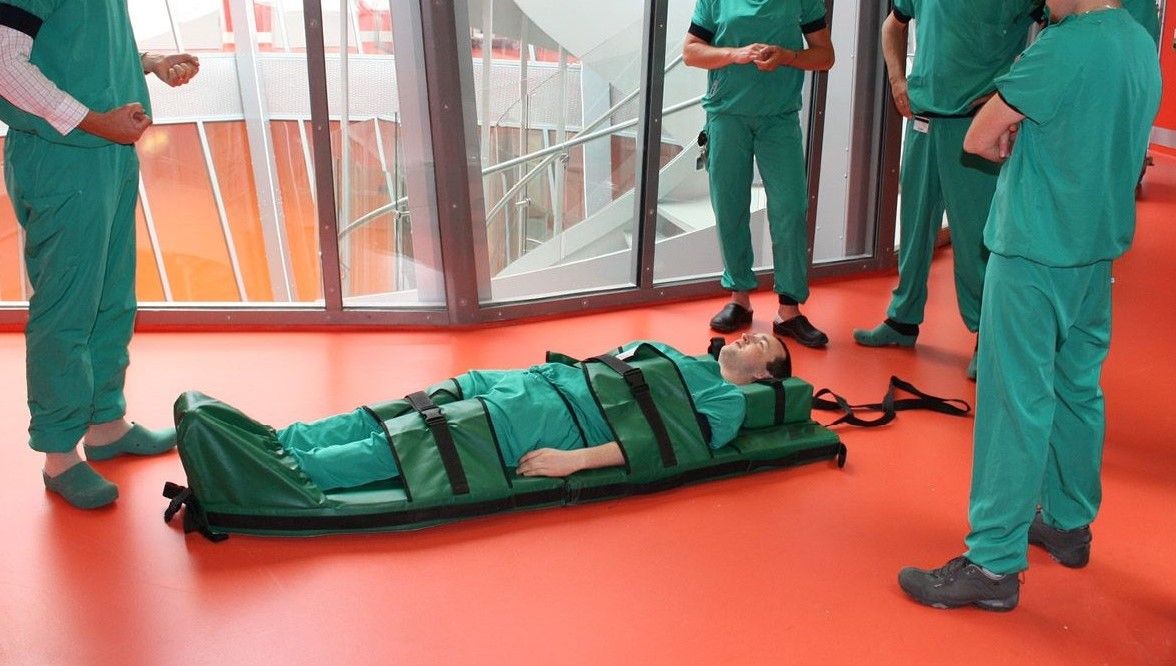When it comes to emergency preparedness in a medical facility, having the right tools can mean the difference between a smooth evacuation and a chaotic one. Evacuation sheets are critical for safely moving patients during disasters, but not all sheets are created equal. Selecting the right evacuation sheet for your facility requires careful consideration of your specific needs, patient population, and operational constraints. In this post, we’ll guide you through the key factors to consider when choosing the perfect evacuation sheet to ensure your medical facility is ready for any crisis.
1. Understanding Your Facility’s Needs
Every medical facility is unique, whether it’s a large hospital, a small clinic, or a long-term care home. Start by assessing your facility’s layout, patient volume, and typical patient conditions. For instance, a multi-story hospital might need sheets that work well with stair evacuations, while a nursing home might prioritize sheets suited for elderly patients with limited mobility. Understanding these needs sets the foundation for choosing the right tool.
2. Material and Durability
Evacuation sheets must withstand the stress of emergency use, so material quality is paramount. Look for sheets made from durable, tear-resistant materials like reinforced nylon or heavy-duty polyester. These should also be lightweight for easy handling yet strong enough to support various patient weights. Check for features like flame resistance or waterproofing, which can add an extra layer of safety depending on the types of disasters your facility might face.
3. Weight Capacity and Size
Patients come in all shapes and sizes, and your evacuation sheet should accommodate them. Verify the weight capacity—most standard sheets support up to 300-400 pounds, but bariatric options are available for heavier patients. Size matters too; ensure the sheet fits your facility’s mattresses and provides enough coverage to secure patients comfortably during transport.
4. Ease of Use
In a crisis, simplicity saves time. Choose an evacuation sheet with intuitive design features like clearly marked straps, ergonomic handles, or color-coded sections for quick deployment. Sheets that require minimal setup or training are ideal, as they allow staff to act swiftly without fumbling, even under pressure. Test the sheet in drills to confirm it’s user-friendly for your team.
5. Storage and Accessibility
Evacuation sheets are only effective if they’re readily available when needed. Consider how the sheets will be stored—opt for compact designs that can stay under mattresses or fold neatly into storage units without taking up much space. Accessibility is key; sheets should be positioned so staff can grab them instantly during an emergency, avoiding delays caused by searching or unpacking.
6. Compatibility with Equipment
Many patients rely on medical devices like oxygen tanks or IV lines, so your evacuation sheet should work with this equipment. Look for designs with additional straps or pockets to secure devices during transport. Compatibility ensures that critical care patients can be evacuated without interrupting their treatment, maintaining their safety and stability.
7. Cost vs. Quality
Budget is always a factor, but cutting corners on evacuation sheets could compromise safety. Compare options to find a balance between cost and quality—cheaper sheets might lack durability or key features, while premium models might offer unnecessary extras. Invest in a reliable product that meets your core needs without overspending, and consider bulk purchasing for larger facilities to reduce costs.
8. Conclusion: Making an Informed Choice
Choosing the right evacuation sheet for your medical facility is a decision that impacts patient safety and staff efficiency during emergencies. By evaluating your facility’s unique requirements—material strength, weight capacity, ease of use, storage, and compatibility—you can select a sheet that fits seamlessly into your emergency plan. The right evacuation sheet isn’t just a purchase; it’s an investment in preparedness, ensuring your facility can protect its patients when disaster strikes.

